-
The 5 Biggest Challenges Facing Marketing & Sales Teams
- June 13, 2022
- Posted by: Stacey Wisniewski
- Category: HubSpot Certified Partner
No Comments
-
Why You Need to Create Your Customer Personas NOW
- April 5, 2021
- Posted by: Stacey Wisniewski
- Category: Marketing Strategy

-
The State of B2B Marketing in 2021
- February 12, 2021
- Posted by: Stacey Wisniewski
- Category: Marketing Strategy
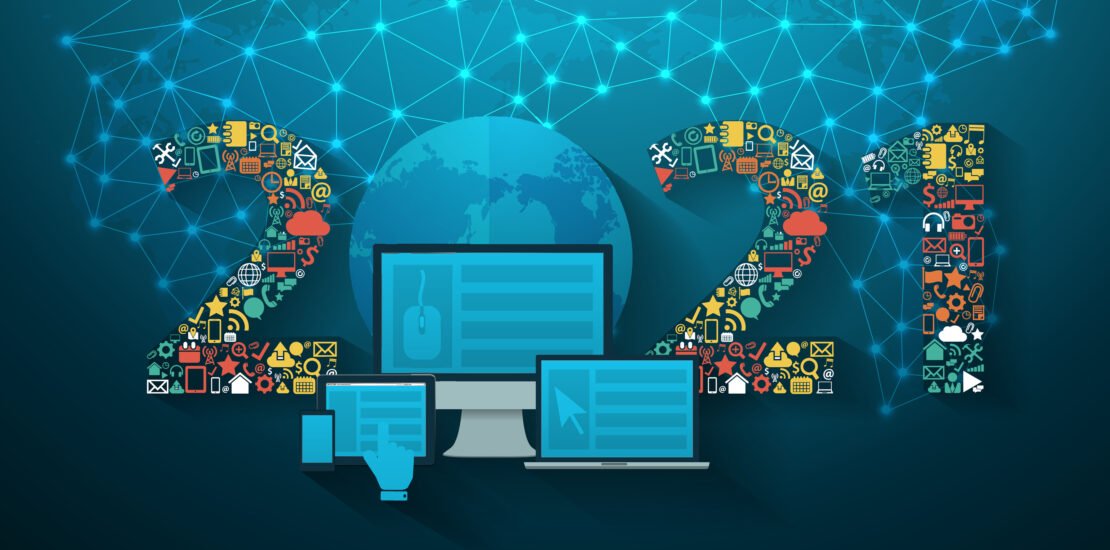
-
The 5 C’s of Brand Trust – How to Turn Prospects into Customers
- January 20, 2021
- Posted by: Stacey Wisniewski
- Category: Marketing Strategy

-
Brand Trust – The Key to B2B Success Post-COVID
- January 20, 2021
- Posted by: Stacey Wisniewski
- Category: Marketing Strategy

-
How COVID Has Impacted Marketing in 2020
- September 29, 2020
- Posted by: Stacey Wisniewski
- Category: Marketing Strategy
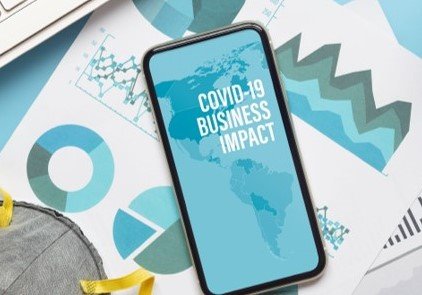
-
WIZ Advisors Adds Hubspot Automation Services in 2020
- April 20, 2020
- Posted by: Stacey Wisniewski
- Category: Marketing Strategy
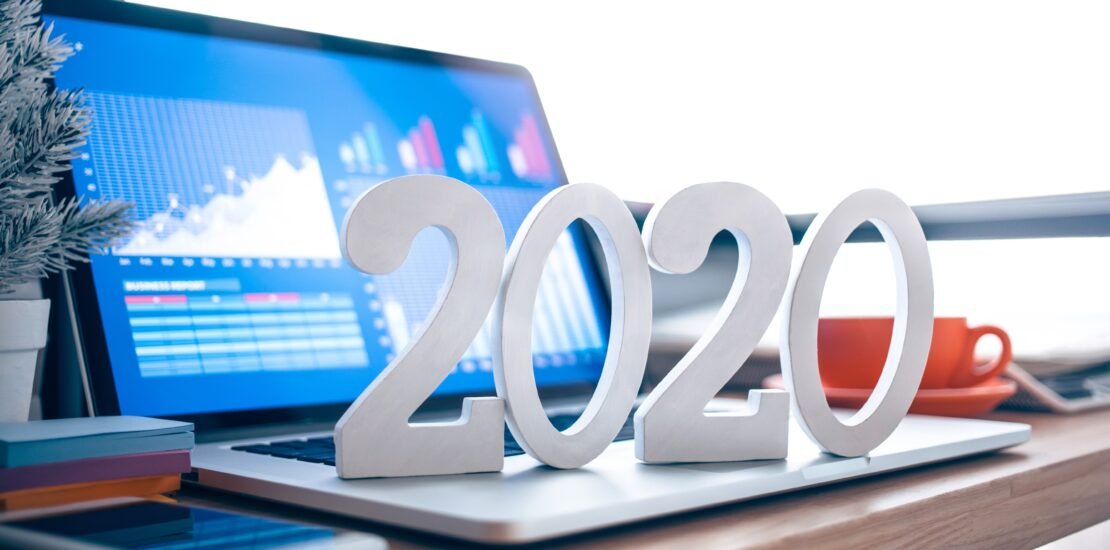
-
LinkedIn for Lead Generation – A Guide for B2B Companies
- December 1, 2019
- Posted by: Stacey Wisniewski
- Category: Marketing Strategy
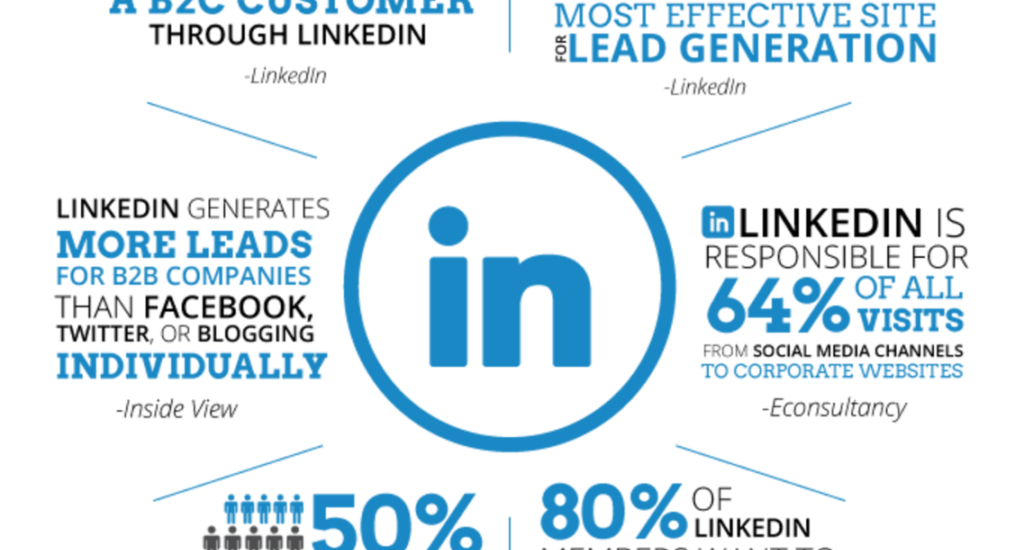
-
How to Write a Compelling White Paper that People Want to Read
- September 3, 2019
- Posted by: Stacey Wisniewski
- Category: Marketing Strategy
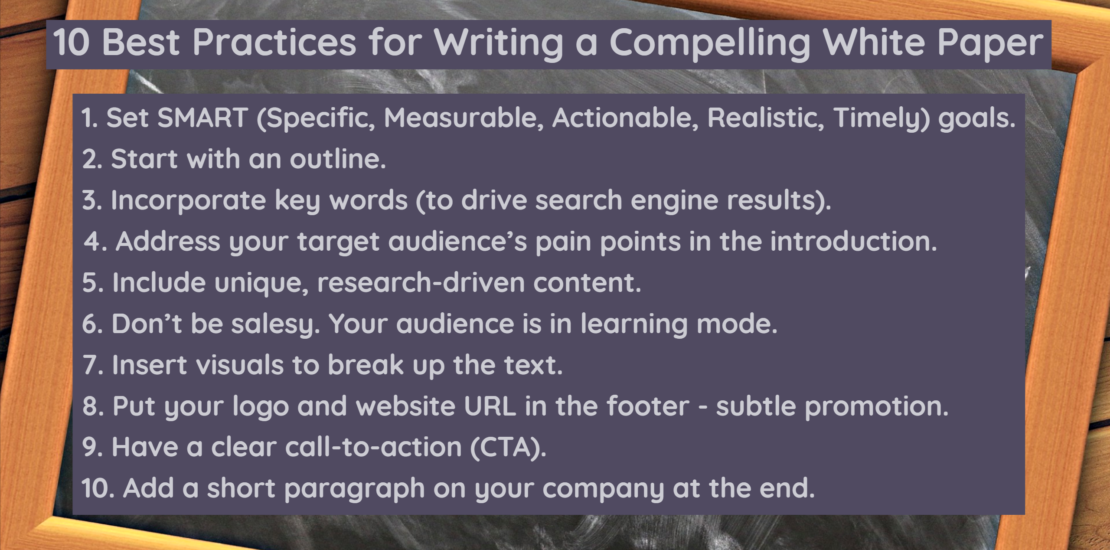
-
What is The WIZ Method?
- June 11, 2019
- Posted by: Stacey Wisniewski
- Category: Marketing Strategy

- 1
- 2